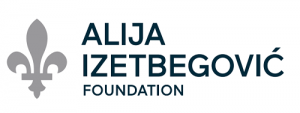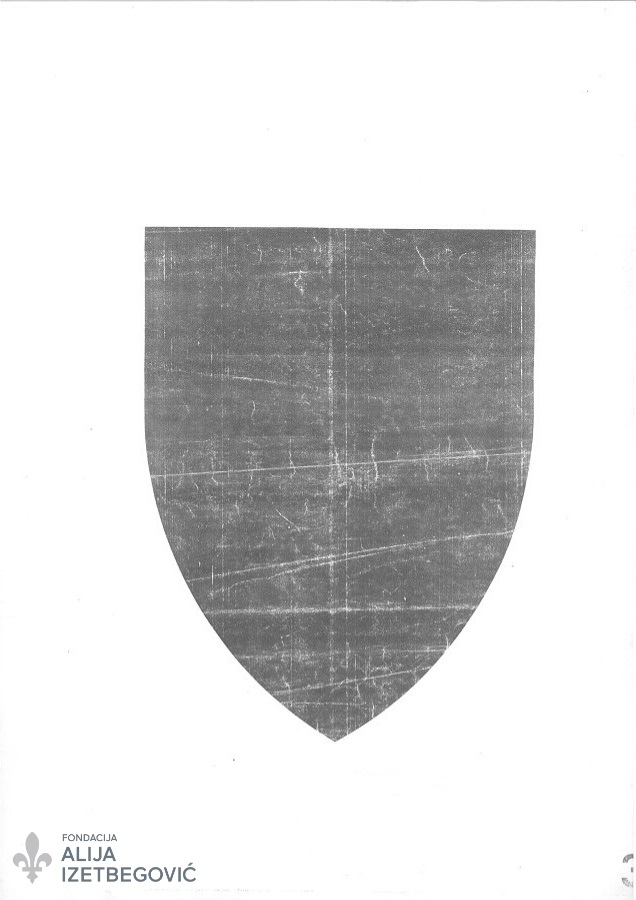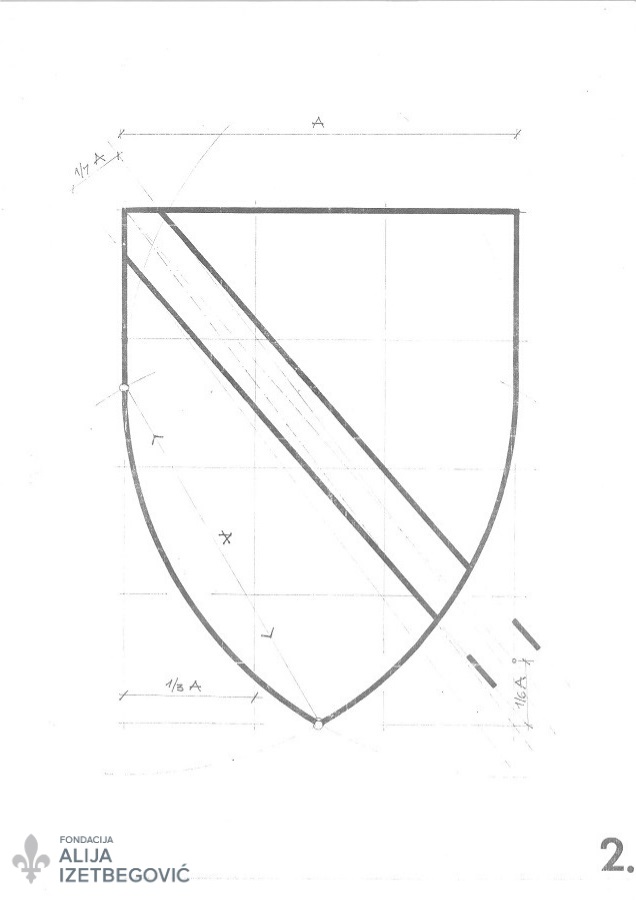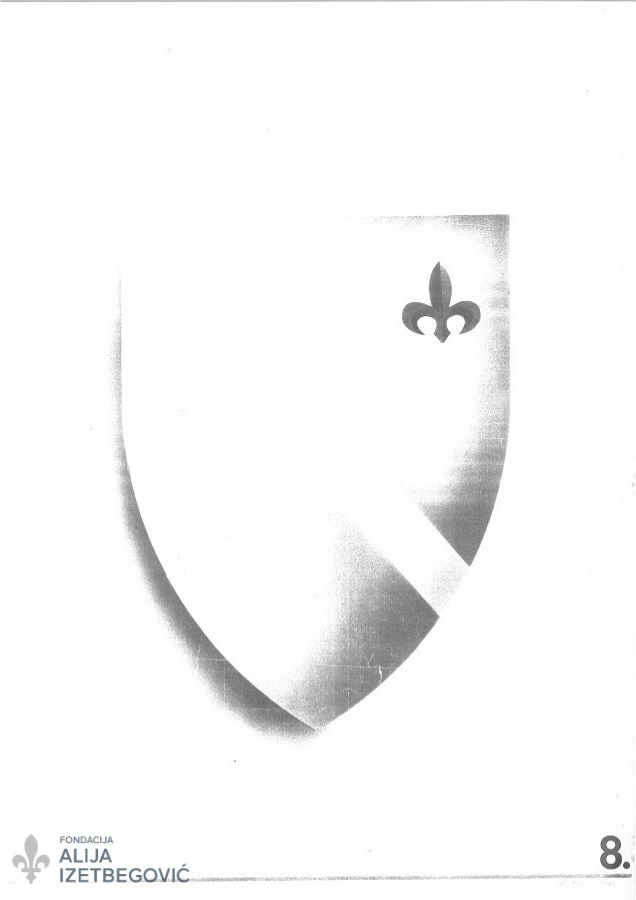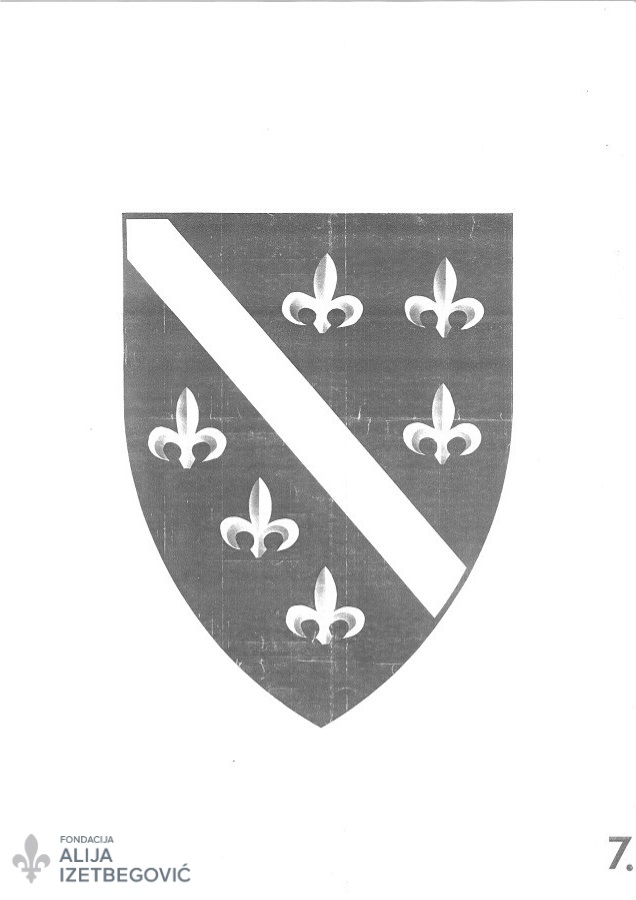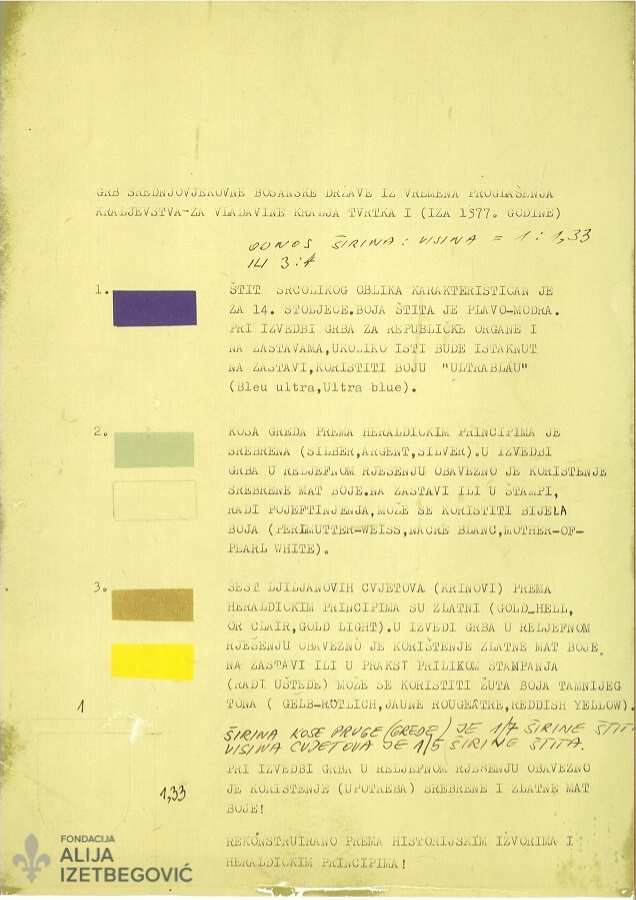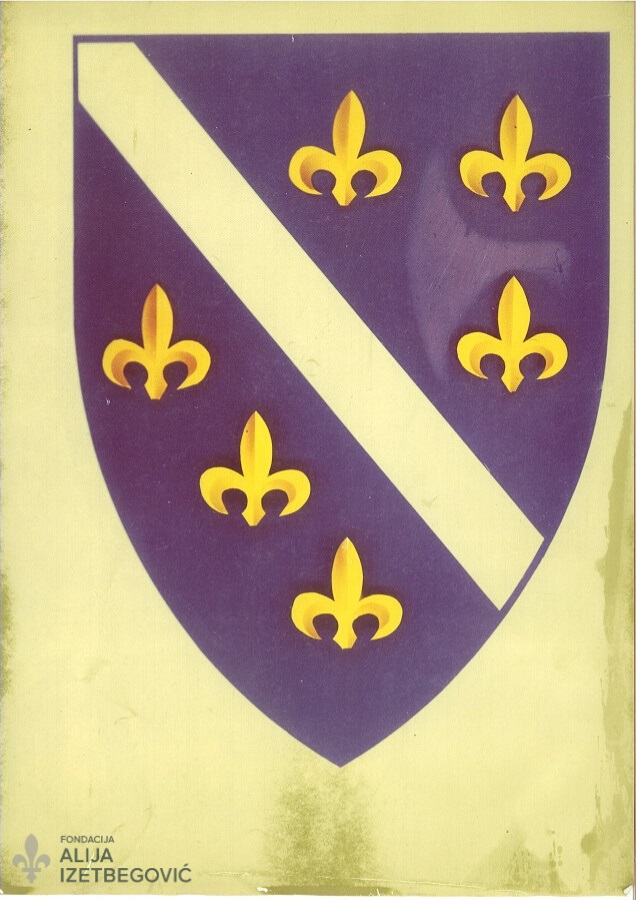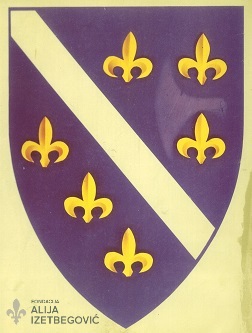
How the First Flag of the Republic of Bosnia and Herzegovina with Lilies Was Created
On 20 May 1992, the United Nations Security Council accepted the application of the Republic of Bosnia and Herzegovina for membership in the UN and adopted Resolution 755. Two days later, on 22 May 1992, the UN General Assembly adopted the Resolution and the Republic of Bosnia and Herzegovina became a full member of the United Nations. On the same day, the first flag of the independent Republic of Bosnia and Herzegovina was hoisted in front of the UN building, along with the flags of two other new members, Slovenia and Croatia.
Muhamed Sacirbey (Šaćirbegović) became the first B&H Ambassador to the UN, following a long time that he, at the request of President Alija Izetbegović, had unofficially represented the interests of Bosnia and Herzegovina in New York, playing a key role in its admission to the United Nations.
According to Sacirbey, the situation was uncertain until the last moment, however, “by May of 1992 it was evident that there was subterfuge by some to deny BiH’s status as an equal member state as well as ever increasing efforts to in effect hide and/or deflect of both aggression and crimes that would reach the level genocide. Much of our diplomatic and public relations focus had to be focused on the UN, particularly as both Slovenia and Croatia had applied for UN membership and there was a real danger that Bosnia and Herzegovina would be left behind, at its most vulnerable time as newly reborn state.
Even after BiH’s formal application had been delivered, certain parties sought to not only stall but employ UN admission as a bargaining chip, and most likely as part of poker negotiations that would result in BiH’s partition or demotion to some to lower status below sovereignty and territorial integrity.”
In addition to the B&H Minister of Foreign Affairs, Dr. Haris Silajdžić, Sacirbey’s only connection with Sarajevo were telephone contacts with the Presidency of the Republic of Bosnia and Herzegovina – the Cabinet of President Alija Izetbegović. The admission ceremony required a new flag of the Republic of Bosnia and Herzegovina, with the coat of arms with lilies, which became the official coat of arms of the country on 4 May 1992. It was made by designer Zvonimir Bebek, who for its base used objects from the time of King Tvrtko stored in the National Museum in Sarajevo.
However, there was no possibility of having the Bosnian flag delivered to New York City from Sarajevo. Rather, President Izetbegović’s Cabinet faxed Bebek’s sketches of the coat of arms, and in New York, Muhamed Sacirbey contacted a group of women from a small B&H diaspora. Dika Lemeš, who immigrated from Krajina, sewed the flag of the Republic of Bosnia and Herzegovina in one day with the help of several friends.
“I could only distinguish the handcrafted work and slightly smaller size,” Sacirbey recalls. First the Slovenian flag was raised, then the Bosnian flag, then the Croatian flag. “Slovenia, Croatia and BiH stood in the fully bright sun with congratulations for each other and I would hope the wishes that all would benefit if the entire ‘neighborhood’ prospered. That was a moment of optimism yet to be fully realized.”
The original sketches of the Republic of Bosnia and Herzegovina’s coat-of-arms

ALIJA IZETBEGOVIĆ FOUNDATION

